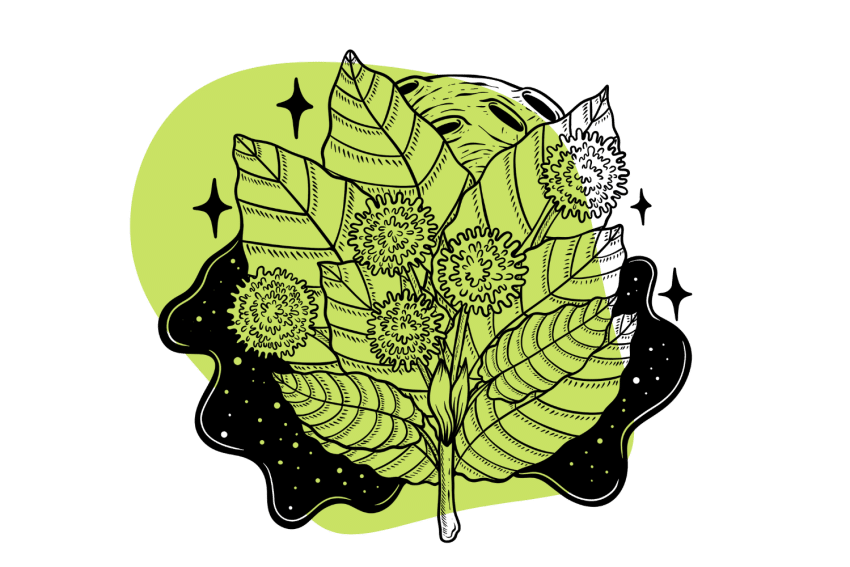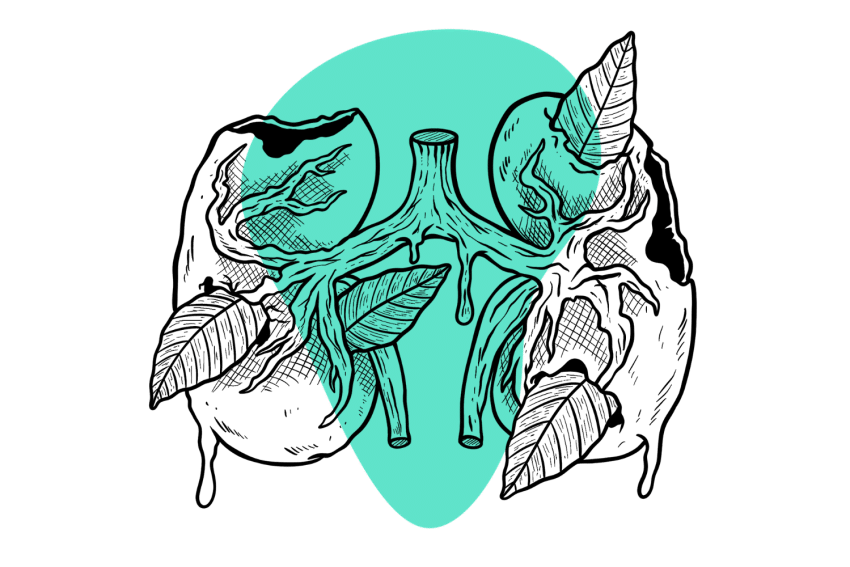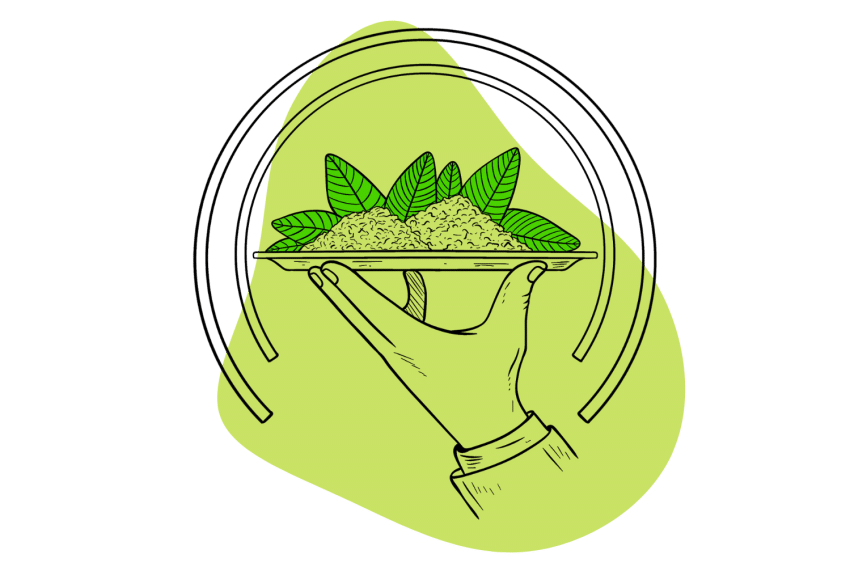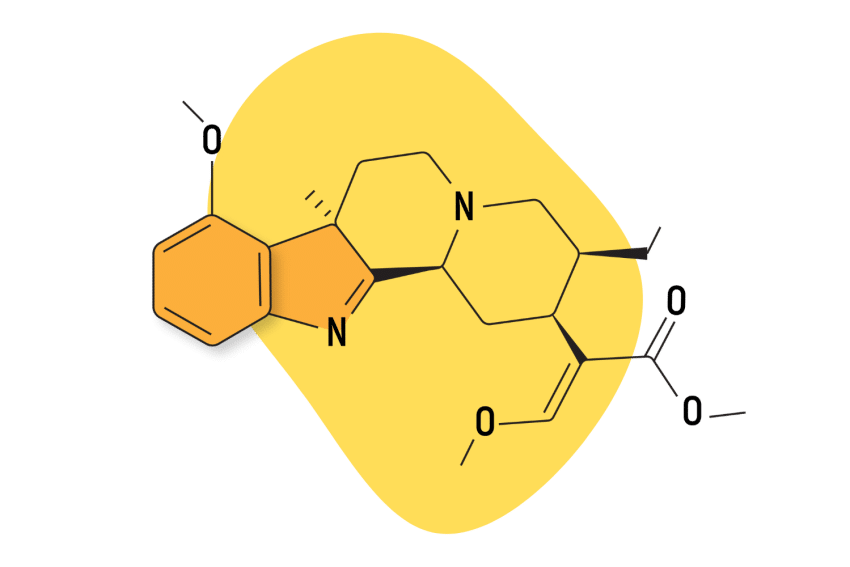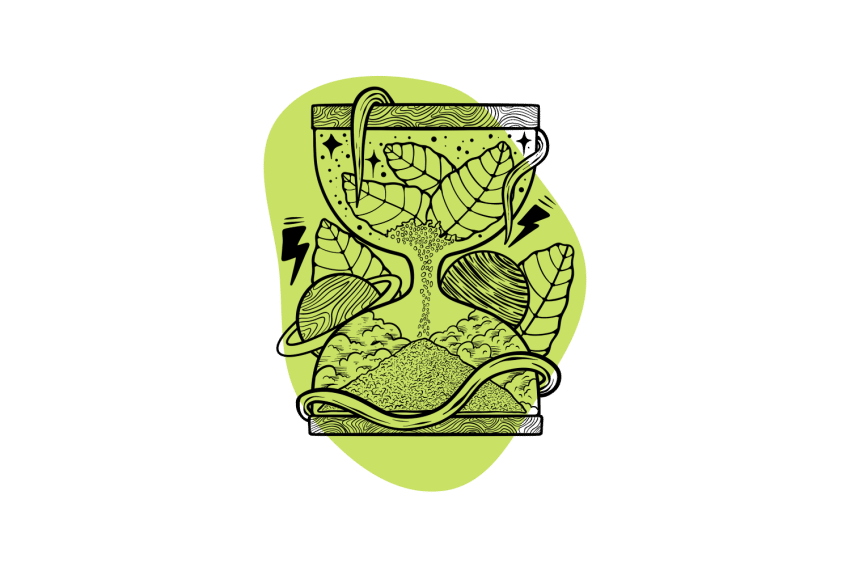Kratom Dosage Guide
Kratom is unique — it can make you energized, motivated, and focused, or tired, euphoric, and relaxed. It’s also a great pain killer and sleep aid. The end results all depend on how much you take (and the strain you use, but that’s another article).
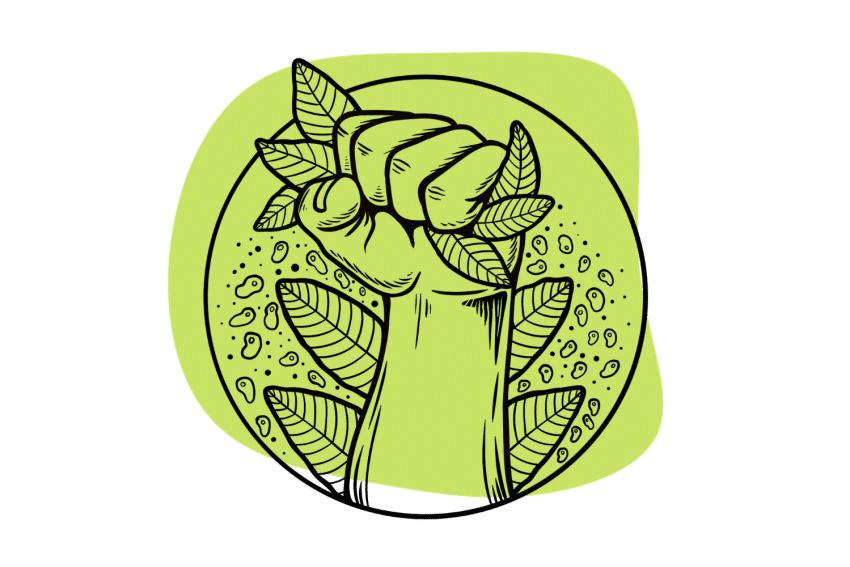
Mitragyna speciosa (kratom) comes from Southeast Asia, but its popularity is spreading through the West with a vengeance.
People use it to treat pain, anxiety, depression, insomnia, and fatigue — among other things. It might sound like a scam, but research shows it’s pretty amazing.
Before you rush out to try it, be aware that the effects are dose-dependent, meaning the amount you take changes how you feel.
Don’t worry, it’s not too complicated. I’ll explain how it works and the common doses for its most popular uses.
Related: What Are Kratom Strains? Which One Should I Pick?
Kratom’s Effects Change At Different Doses
As with any substance, there’s a lot to consider when determining the correct dose. A person’s weight and tolerance play a large role, as do things like whether or not you’ve eaten recently.
Kratom is particularly finicky because of its alkaloids. It has more than 50, but some of the main ones are mitragynine and 7-hydroxymitragynine, followed by speciogynine, paynantheine, speciociliatine, and over a dozen others.
These alkaloids work on many systems, such as the opioid, dopamine, adrenergic, and serotonergic receptors [1].
Because kratom is an opioid receptor agonist but also affects other systems, it’s classified as an atypical opioid — but don’t get hung up on that. Kratom is much safer and has fewer side effects (I’ll go over that later) [2].
Mitragynine is the most abundant and is the more energizing alkaloid, though it’s also an opioid agonist; 7-hydroxymitragynine comes in a distant second and is the more potent of the two.
The more kratom you take, the more 7-hydroxymitragynine you’re getting, essentially overriding the energizing effects of mitragynine.
Here are a few general rules:
- If you’re new, start lower than the suggested amount and see how you react. You can always take more, but give it a good hour first.
- Use smaller amounts for energy and larger amounts for sleep and pain.
- Only use it when you need it, and always use the smallest dose possible.
- Measuring your dose with a scale is the most accurate, but you can use a measuring spoon — one teaspoon equals (very!) approximately 2.6 grams.
- Talk to your doctor first if you’re on any medications or supplements to avoid dangerous interactions.
Here’s the common dosage (though you may need to experiment to find what works for you):
- Microdose — 2 grams or less
- Low dose — 2-5 grams
- High dose — 5-8 grams
- Heavy dose — 8 grams or more
Now that you know what’s classified as a low or high dose, we can look at what kratom is used for and which doses are best in each case.
Related: How to Take Kratom (6 Common Methods)

Kratom Dose for Pain
Kratom’s alkaloids make it very effective for pain — some people are able to get off of their prescription painkillers (and even break addictions).
Using kratom for pain can be a little more challenging since it requires larger doses, which can also cause sedation, side effects, tolerance, and addiction.
Still, most other pain relievers are more dangerous, so it can be worth trying.
Ideal strain: Red strains for moderate to severe pain; green strains or Red Maeng Da for daytime or mild pain.
Ideal dosage:
- Mild pain: 2-4 grams
- Moderate pain: 4-6 grams
- Severe/chronic pain: 7-12 grams
Kratom Dose for Sleep & Relaxation
The same alkaloids that make kratom effective for pain make it helpful for insomnia. And, just like dosing for pain, you’ll need a larger amount — otherwise, you’ll find yourself wide awake and ready to go.
Ideal strain: Red strains, such as Bali, Borneo, or Thai.
Ideal dosage:
- Relaxation: 4-5 grams
- Sleep: 5-10 grams

Kratom Dose for Anxiety
Kratom can be very effective in reducing anxiety, even the social kind. Try it instead of alcohol the next time you’re feeling anxious about a group event. Be careful, though, since kratom can cause anxiety in some people. White strains are the usual culprit.
Dosing for anxiety is very personalized since too much can trigger it, but too little can be ineffective or cause you to be lethargic.
Ideal strain: Red strains that tend to be less sedating — Red Maeng Da, for example — or a mood-lifting green strain like Green Malay.
Ideal dosage:
Start with 1-2 grams, wait for half an hour, and take another half or full gram if you need it. Continue until you find relief (and make a note of how much you took for next time).
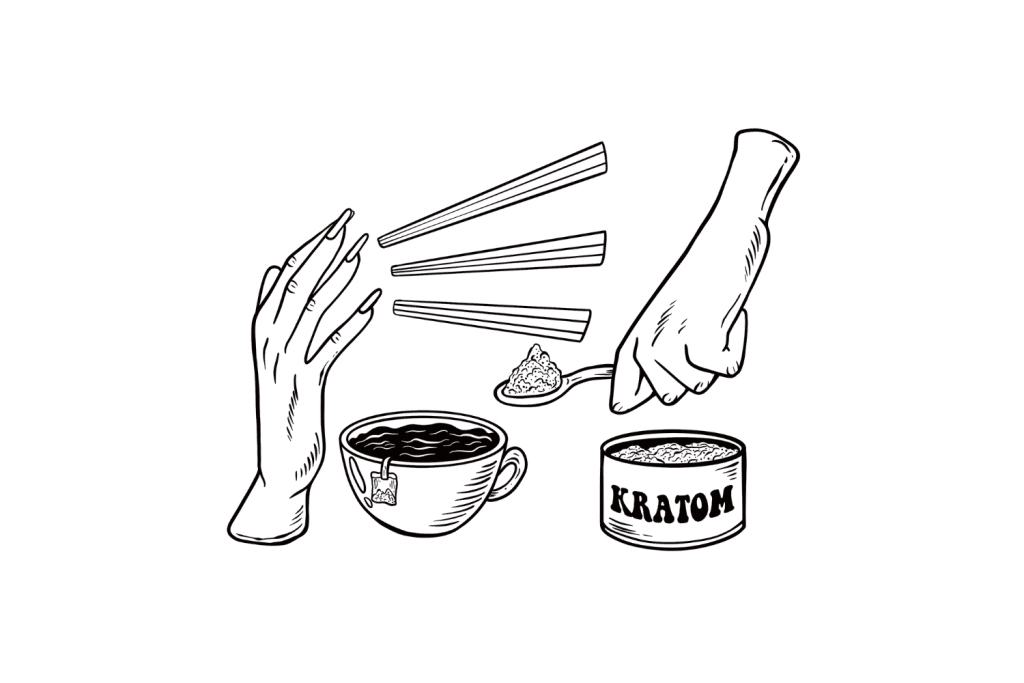
Kratom Dose for Energy
Smaller amounts of kratom are great for energy and focus — many people use it in place of coffee or when they need to study or work for an extended period. One of its traditional uses is for endurance during long, hot days.
Ideal strain: White strains for more intense energy; green strains for a more laid-back boost.
Ideal dosage:
Try a microdose (1-2 grams) and see if it gives you enough of a kick. Otherwise, most people use 2-4 grams.

Kratom Dose for Mood
Even if you’re struggling with depression, kratom can be a fantastic way to lift your mood — its effects on the opioid and dopamine receptors make sure of it. However, this euphoria also makes it more addictive, so be careful.
Any dose can make you feel good, so it comes down to whether you want melt-into-the-couch relaxation or a happy get-after-it productivity.
Ideal strain: Red strains for calm; white or green strains for upbeat.
Ideal dosage:
- Daytime euphoria: 1-3 grams
- Bedtime calm: 4-6 grams
Kratom’s Risks & How to Minimize Them
Kratom is safe as long as you use it responsibly.
You’ve probably heard horror stories, but these are usually exaggerated or contain half-truths.
Here’s what we know — backed by research:
1. Kratom Interacts With Many Drugs (Illicit & Prescription)
Almost every death involving kratom also involves illicit drugs, opioids, or benzodiazepines.
Kratom acts on many different systems that these drugs also activate, but it’s also metabolized by the same CYP450 enzymes [3]. Mixing kratom with other substances can get ugly quickly.
If you’re not sure how kratom will interact with whatever you’re using (even if it’s over-the-counter), don’t do it. However, the most dangerous interactions tend to be with things that slow down or speed up your nervous system.
2. Kratom Is Addictive
Kratom is addictive (and not quite as safe as coffee, despite the attempts to make it sound like it is), but dependence is relatively easy to avoid and not like opioid or alcohol addiction. It’s most likely if you’re using heavy doses for a long period of time, and withdrawal can be uncomfortable but is generally manageable on your own. [4]
Still, it’s best to avoid — here’s how:
- Only use kratom when you need it
- Use the smallest effective dose
- Take a two-day break from it every week
3. Kratom Has Side Effects, Including Long-Term
Kratom also has side effects — nausea, vomiting, headaches, dizziness, fatigue, and anxiety are the most common — but they’re short-lived and more likely with larger doses [5].
While these side effects are annoying, they also improve kratom’s safety. Take too much, and you’ll throw up — or at least be miserable enough that you might be more cautious next time.
If you face any of these often, try using less and see how you feel. It might help to eat a snack first if you usually take it on an empty stomach.
Long-term effects are still up for debate. There isn’t enough research to give us anything conclusive, though there’s little evidence of it causing many issues. Kratom can possibly affect the heart, liver, and kidneys, among other things, so avoid it or severely limit its use if you have any underlying health problems [6].
Kratom FAQs
Here are some of the most common questions we get asked about kratom — answered:
1. Can I mix kratom strains?
Absolutely!
In fact, many vendors come up with their own signature blends.
Red and white is a popular combination, though the overall effects will vary depending on the ratios. Have fun experimenting and see what you can come up with tailored to your needs.
2. How do I take kratom?
Kratom usually comes as a powder or in capsules, but there are quite a few products out there now that it’s so popular. Most are extracts, like kratom shots, edibles, or enhanced powders, but try not to use these often — they’re potent and more likely to cause adverse effects and addiction.
Powder is the cheapest and easy to take, but it doesn’t taste great. Just mix it into a drink to mask the bitterness, dry scoop it (toss and wash), or add it to your food.
3. Is kratom legal?
Laws vary, but it’s unregulated in most places. The US federal government has not scheduled or regulated it, but check your local laws since some governments have it listed as a Schedule 1 substance — meaning hefty consequences if you’re caught with it.
4. Where can I buy kratom?
You can find kratom about anywhere — gas stations, head shops, etc. — but most of it’s low quality. It’s better to shop around online, where you can look for kratom that’s tested by third-party labs. Plus, you’ll have more selection and a better deal (gas station kratom can feel cheap, but it’s usually incredibly poor value).
References
- Karunakaran, T., Ngew, K. Z., Zailan, A. A. D., Mian Jong, V. Y., & Abu Bakar, M. H. (2022). The chemical and pharmacological properties of mitragynine and its diastereomers: An insight review. Frontiers in Pharmacology, 13, 805986.
- Prevete, E., Kuypers, K. P. C., Theunissen, E. L., Corazza, O., Bersani, G., & Ramaekers, J. G. (2022). A systematic review of (pre) clinical studies on the therapeutic potential and safety profile of kratom in humans. Human Psychopharmacology: Clinical and Experimental, 37(1), e2805.
- Tanna, R. S., Nguyen, J. T., Hadi, D. L., Layton, M. E., White, J. R., Cech, N. B., … & Paine, M. F. (2023). Clinical assessment of the drug interaction potential of the psychotropic natural product kratom. Clinical Pharmacology & Therapeutics, 113(6), 1315-1325.
- Henningfield, J. E., Chawarski, M. C., Garcia-Romeu, A., Grundmann, O., Harun, N., Hassan, Z., … & Huestis, M. A. (2023). Kratom withdrawal: Discussions and conclusions of a scientific expert forum. Drug and Alcohol Dependence Reports, 7.
- Gorelick, D. A. (2022). Kratom: substance of abuse or therapeutic plant? Psychiatric Clinics.
- Singh, D., Narayanan, S., Grundmann, O., Chear, N. J. Y., Murugaiyah, V., Hamid, S. B. S., … & Balasingam, V. (2020). Long-Term Effects of Kratom (Mitragyna speciosa) Use. Malaysian Journal of Medicine & Health Sciences, 16(4).

